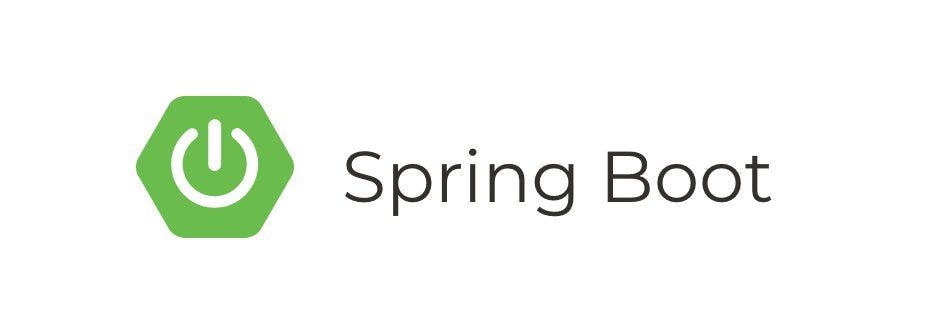Introduction:
Querydsl is a powerful library that simplifies the creation and execution of database queries in Java applications. When combined with Java Persistence API (JPA), it offers a seamless way to interact with relational databases. In this tutorial, we’ll delve into Querydsl with JPA, exploring its features and demonstrating how it can enhance your database querying experience.
Prerequisites:
- Basic understanding of Java programming.
- Familiarity with Java Persistence API (JPA) and relational databases.
Table of Contents:
- What is Querydsl?
- Setting Up Querydsl with JPA
- Basic Querydsl Syntax
- Querying Entities with Querydsl
- Advanced Querydsl Features
- Integrating Querydsl with Spring Data JPA
- Best Practices and Tips
- Conclusion
1. What is Querydsl?
Querydsl is a framework that provides a typesafe way to construct SQL-like queries in Java. It allows developers to write queries using a fluent API, making them more readable and less error-prone compared to traditional string-based SQL queries.
2. Setting Up Querydsl with JPA:
To use Querydsl with JPA, you need to include the Querydsl JPA module in your project’s dependencies. Here’s how you can do it using Maven:
<dependency>
<groupId>com.querydsl</groupId>
<artifactId>querydsl-jpa</artifactId>
<version>${querydsl.version}</version>
</dependency>Replace ${querydsl.version} with the latest version of Querydsl.
3. Basic Querydsl Syntax:
Querydsl provides a fluent API for building queries. Here’s a basic example of constructing a simple query:
JPAQueryFactory queryFactory = new JPAQueryFactory(entityManager);
QUser user = QUser.user;
List<User> users = queryFactory.selectFrom(user)
.where(user.age.gt(25))
.fetch();In this example, QUser is a Querydsl-generated class representing the User entity. We use it to create predicates such as user.age.gt(25) for filtering.
4. Querying Entities with Querydsl:
Querydsl supports various query operations like selecting, filtering, ordering, and joining entities. Here’s how you can perform a more complex query involving joins:
QUser user = QUser.user;
QOrder order = QOrder.order;
List<User> users = queryFactory.selectFrom(user)
.innerJoin(user.orders, order)
.where(order.totalPrice.gt(100))
.fetch();5. Advanced Querydsl Features:
Querydsl offers advanced features like type-safe expressions, dynamic queries, and subqueries. Here’s an example of using a subquery:
QUser user = QUser.user;
QOrder order = QOrder.order;
List<User> users = queryFactory.selectFrom(user)
.where(user.age.eq(
JPAExpressions.select(order.avg().intValue())
.from(order)
))
.fetch();6. Integrating Querydsl with Spring Data JPA:
If you’re using Spring Data JPA, integrating Querydsl is straightforward. Simply enable Querydsl support in your repository interfaces and use Querydsl predicates in your repository methods.
7. Best Practices and Tips:
- Use Querydsl’s type-safe features to catch errors at compile time.
- Optimize query performance by using appropriate indexes and fetching strategies.
- Keep your querydsl-java annotations up to date to reflect changes in your JPA entities.
8. Conclusion:
Querydsl with JPA is a powerful combination for simplifying database queries in Java applications. By leveraging Querydsl’s fluent API and type-safe features, you can write cleaner, more maintainable code for interacting with relational databases.
References:





